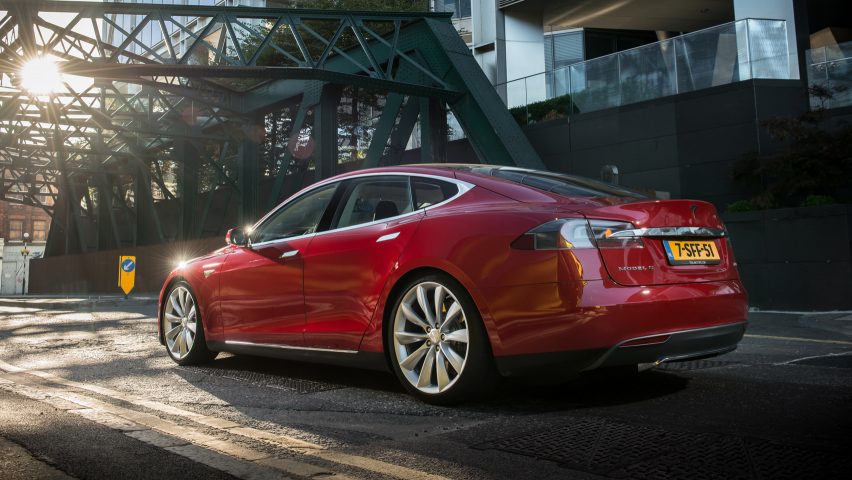Tesla's Autopilot reduced crashes by 40 per cent, finds US inquiry
Tesla has been vindicated by a six-month US government inquiry, initiated after its semi-autonomous technology was involved in a fatal car crash.
The National Highway Traffic Safety Administration (NHTSA) found that there was no fault in Tesla's Autopilot system and that, overall, it had reduced crashes by nearly 40 per cent.
A precursor to Tesla's fully autonomous technology, currently in development, Autopilot would have faced a recall if the report had found it defective.
However, the NHTSA's own analysis of Tesla's data showed car crashes had reduced significantly since the introduction of the driver assistance technology.

Crash rates were down from 1.3 per million miles (1.6 million kilometres) to 0.8 per million miles after Autosteer, a function of Autopilot, was installed.
The technology had been implicated in a May 2016 crash in Florida, which happened when the system failed to recognise an oncoming lorry. Driver Joshua Brown, 40, was killed in the accident.
At the time, Tesla's high-profile founder Elon Musk speculated that it was because Autopilot's radar "tunes out what looks like an overhead road sign to avoid false braking events."
The NHTSA's crash reconstruction indicated the lorry would have been visible to him for at least seven seconds before the collision.
These sorts of limitations were expected, said the report, as Autopilot requires the driver to remain engaged, with their hands on the steering wheel, ready to manually override when they wish.
"A safety-related defect trend has not been identified at this time and further examination of this issue does not appear to be warranted," the NHTSA concluded.
Musk welcomed the findings as "very positive" on Twitter.
Final report on Autopilot issued by @NHTSAgov is very positive https://t.co/KsOZSrr3l9
— Elon Musk (@elonmusk) January 19, 2017
Musk has previously said that driving is too dangerous for humans and will eventually be outlawed once self-driving cars are proved to be safer.
The argument was backed by the US Department of Transportation, which in 2016 unveiled plans to eradicate road accidents by increasing the number of autonomous vehicles.